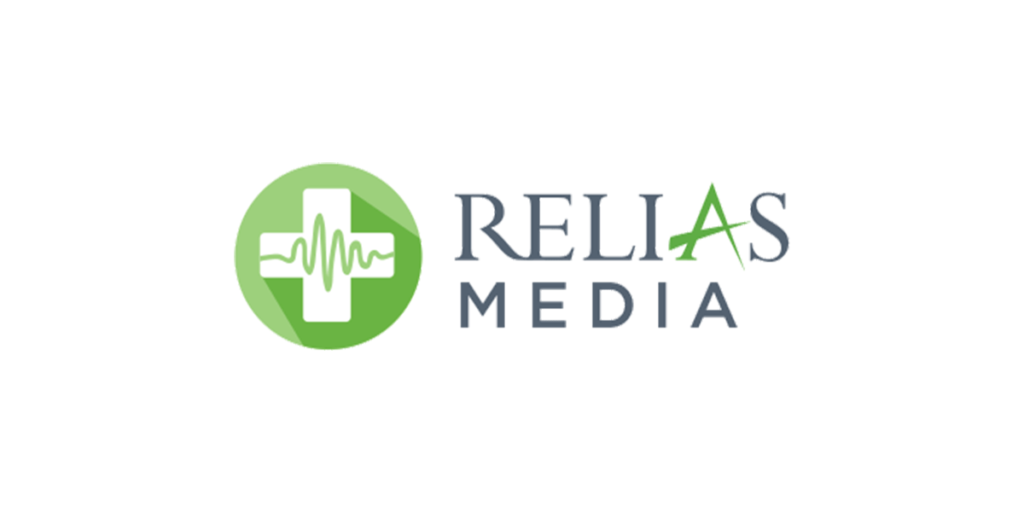Hospital Successfully Addresses Medication List Errors in ED
Many patients’ medication lists contain errors when they are admitted through the ED. South Shore Hospital in South Weymouth, MA, addressed the problem by changing its electronic health record (EHR) software and more directly involving pharmacy staff. The hospital improved patient safety by recognizing more errors on the lists.
With about 300 patient visits per day in the ED and approximately 100 of those patients admitted, the risk of adverse events from errors on medication lists was substantial, says Rachel Blum, PharmD, clinical pharmacy manager. Typically, up to 70% of patients’ medication lists contain errors when they are admitted through the ED. More than half of those errors can cause harm.
“We had several pretty significant medication safety events around the medication reconciliation process, and we realized that the pharmacy team were the best people to do this work,” Blum says. “We found that these errors were stemming from an incomplete medication history or an inaccurate home medication list.”
The hospital needs an accurate medication history on all admitted patients so it can perform medication reconciliation during the admission process. But that can be difficult in the ED, especially with high-risk patients.
Medication histories of high-risk patients collected by nursing and hospital staff contained an average of eight medication errors by the time the patient is admitted to inpatient care, Blum says. To improve the process, South Shore pharmacy leaders sought to accurately update each patients’ medication history using a reliable electronic source and efficient process. They also used a complexity score to prioritize patients whose medication history should be completed by the pharmacy team.
Previously, two pharmacy technicians during the day and two at night assisted with assessing medication histories. South Shore now employs five during the day and five at night. Even the 10 full-time equivalents are not enough for the pharmacy technicians to assess the medication history of each patient admitted through the ED, Blum says, so the hospital also tweaked its EHR to include a complexity score that identifies high-risk patients whose medication histories should be directed to them.
In the first five months, South Shore staff caught thousands of high-risk medications during the admission process that would not have been received previously:
- 7,712 abuse-related medications;
- 2,962 cardiovascular medications;
- 1,515 thyroid disease medications;
- 1,499 anticonvulsants;
- 1,274 steroids and immunosuppressants.
“Having the software that identifies these high-risk patients allows us to get our professionals in there to talk to the patients and clarify these discrepancies faster than we normally would have,” Blum says. “It is a challenge for these technicians, especially during COVID, but they have a tremendous impact on patient safety when we can get them in there to do what they do best.”
SOURCE
- Rachel Blum, PharmD, Clinical Pharmacy Manager, South Shore Hospital, South Weymouth, MA. Email: rblum@southshorehealth.org.
See article online at reliasmedia.com.

















